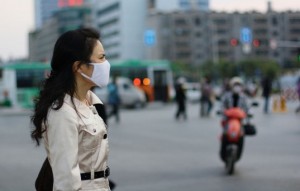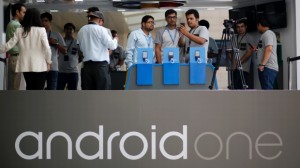A fellow classmate of mine, Richard Lee, recently posted a blog post titled “Innovation Versus the Environment – Where Do We Draw The Line?” discussing the environmental challenges that the now advanced industrial nation of China is currently facing. He states that “Only three out of 74 Chinese cities met the official minimum standards for air quality in 2013,” and that “its most populated city surpasses 15 times the level of pollution considered hazardous to health.” Although I recognize this as the unfortunate truth, I must also say that it comes for a reason. China is home to roughly 20% of the world’s population, according to The Atlantic, and as the standard of living increases with the nation’s new found wealth, so does the creation of pollutants. More citizens are now able to afford vehicles, modern technology, and a generally more luxurious lifestyle. Or in other words, they are becoming more like us. Canadians have an ecological footprint of 7.6 global hectares per person, according to the Global Footprint Network, 2010. On the other hand, China’s is 2.1. An easy comparison of these numbers shows that each Canadian is actually using more area to produce the resources they consume than each Chinese person is. It is only the small population of Canada that is keeping it from developing into the environmental disaster that is China.

Chinese woman wearing mask in Harbin, China (inhabitat.com)
According to ChinaDialogue, the main cause of air pollution in China is car exhaust and coal burning. The nation is trying to combat these issues by regulating driving to a few days a week, and closing down coal-powered power stations. But the factories continue to operate, producing goods that are shipped out all around the world. Their smoggy skies are partially attributable to our constant demand for goods in the developed world. In a way, we are directly responsible for the pollution that is affecting China.
Thus, the environmental problems that China faces are due to their own overpopulation, as well as the consumerism culture of the rest of the world.

